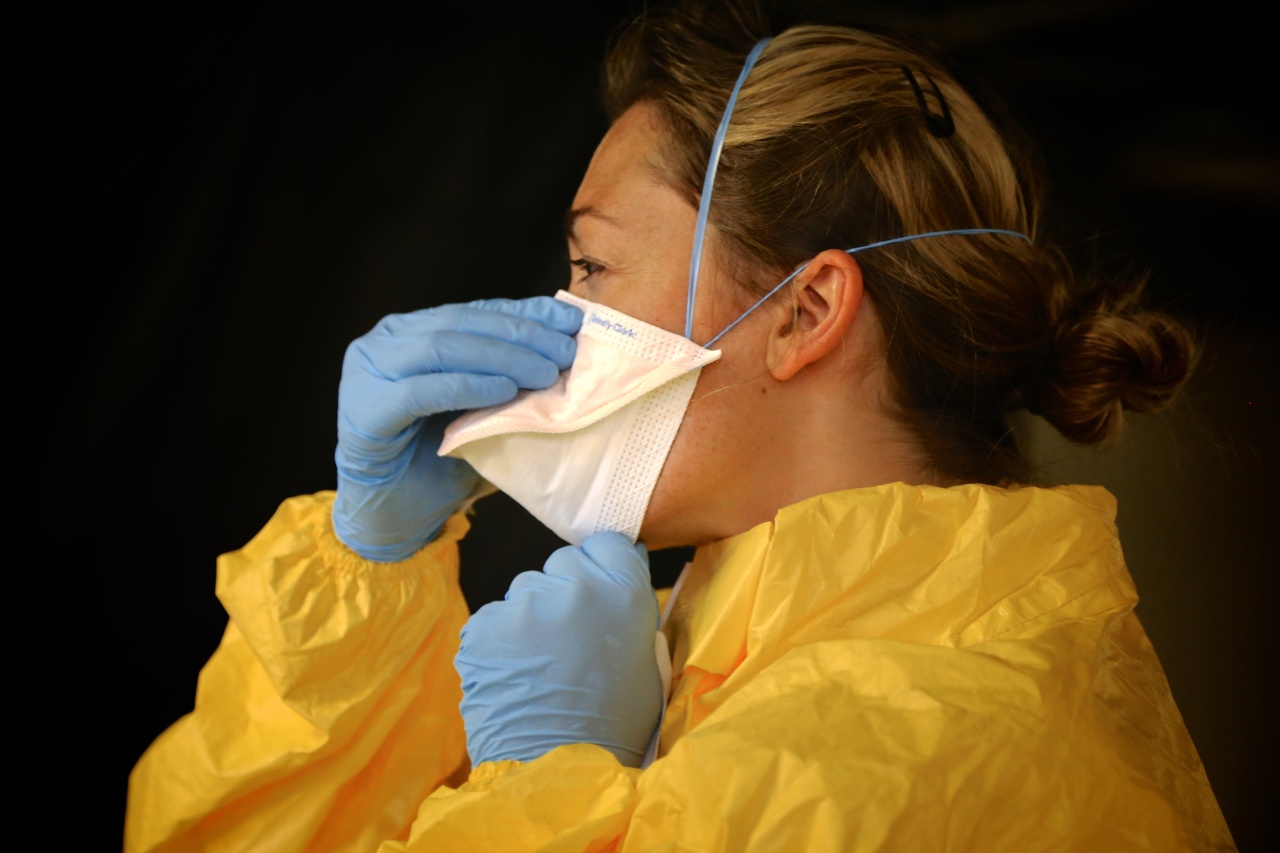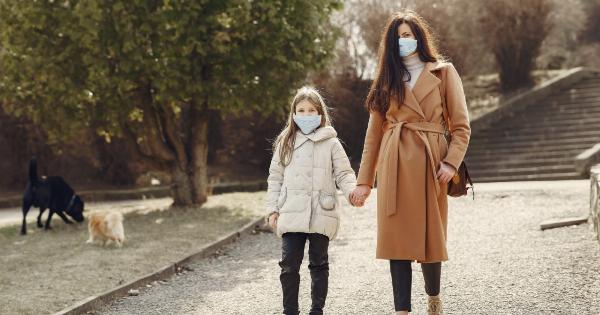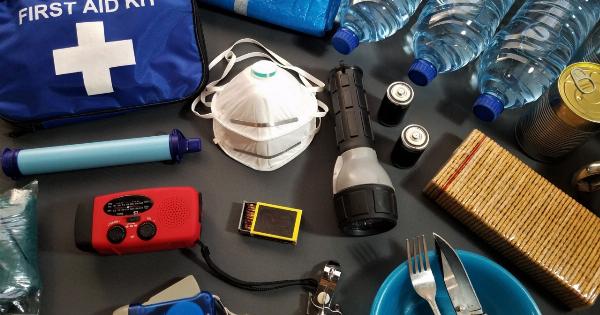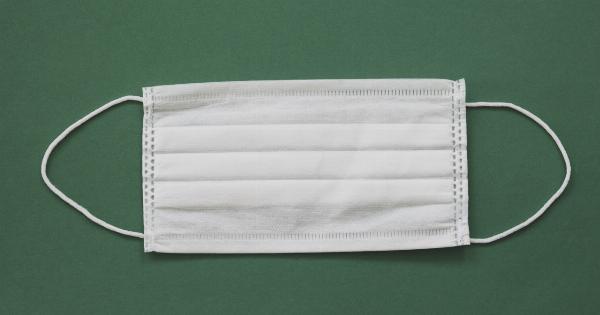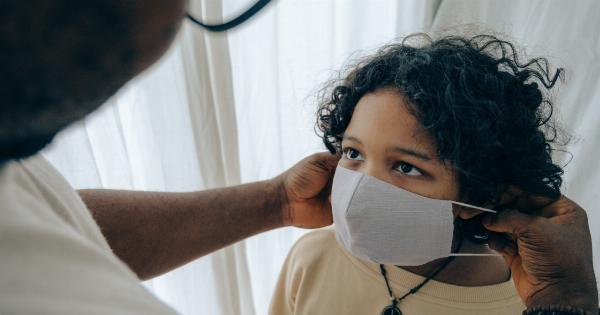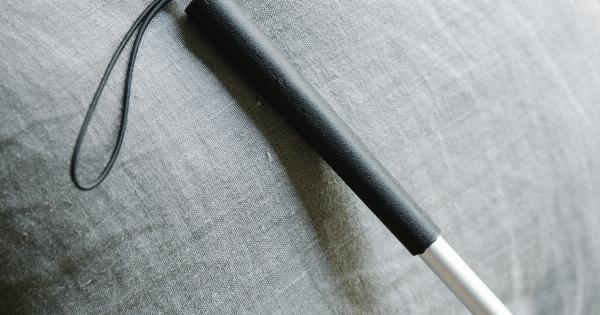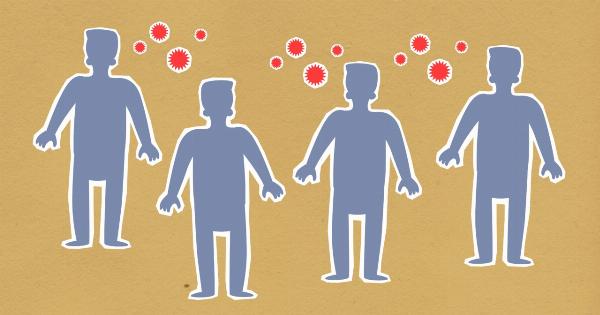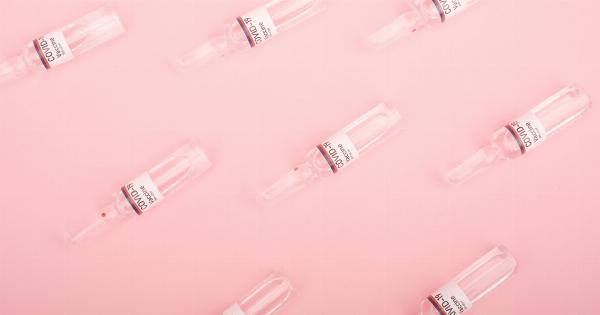Prevention is better than cure. It’s a phrase we’ve all heard before, and it holds a lot of truth. With the ongoing COVID-19 pandemic, it’s more important now than ever to protect our health.
One way to do this is by wearing face masks, but there are also other precautions we can take. And what better way to remind everyone than by wearing it on our chests?.
The Importance of Prevention
Prevention is key to reducing the spread of COVID-19. The virus is highly contagious and can easily spread from person to person, even when they are asymptomatic.
We can reduce the spread of the virus by practicing social distancing, washing our hands regularly, and wearing face masks. These measures may seem inconvenient, but they are necessary to protect our health and the health of those around us.
The Power of Wearing Your Prevention
Wearing face masks has become a new normal in our lives.
But what if we took it a step further and wore our prevention on our chests? By wearing t-shirts or hoodies with messages promoting prevention, we can spread awareness and remind others to take precautions.
For example, we can wear shirts that say “Practice Social Distancing” or “Wash Your Hands.” It doesn’t have to be anything fancy, just a simple message can go a long way.
When people see others wearing these shirts, it will serve as a constant reminder to take precautions and protect themselves and others.
Choose the Right Type of Clothing
When choosing clothing to promote prevention, it’s important to keep several factors in mind. Firstly, pick something comfortable. Wearing uncomfortable clothing leads to fidgeting and prevents people from wearing the clothing consistently.
Secondly, consider the material. Breathable materials like cotton or linen will help keep you cool and comfortable. Lastly, choose a design that resonates with you and will make a statement.
Keep it Affordable
While there are many online stores that sell prevention-themed clothing, it’s important to keep the cost in mind. The idea is to promote prevention, not profit from it. There are many affordable options available both online and in local retail stores.
Another way to make it affordable is to upcycle old clothing. Create a message on an old t-shirt or hoodie with fabric markers or paint. This can be a fun and creative way to promote prevention while also being sustainable.
Start a Conversation
Wearing prevention-themed clothing is a conversation starter. When people see the message on your shirt or hoodie, they will likely ask questions or make comments.
This presents an opportunity to share information about COVID-19 prevention and educate others.
Sharing knowledge and experiences is vital in the fight against COVID-19. By starting a conversation, we can help others understand the importance of prevention and encourage them to take precautions.
Additional Ways to Promote Prevention
Wearing prevention-themed clothing is just one way to promote prevention. Here are some additional ideas:.
- Share prevention messages on social media
- Create posters or flyers promoting prevention
- Create videos promoting prevention on social media or YouTube
- Organize webinars or talks about COVID-19 prevention
The Bottom Line
Wearing prevention on our chests can make a difference in the fight against COVID-19. By wearing t-shirts or hoodies with prevention messages, we can spread awareness and remind others to take precautions.
It’s important to choose comfortable and affordable clothing, and to start conversations about prevention. Let’s work together to reduce the spread of COVID-19 and protect the health of ourselves and those around us.
